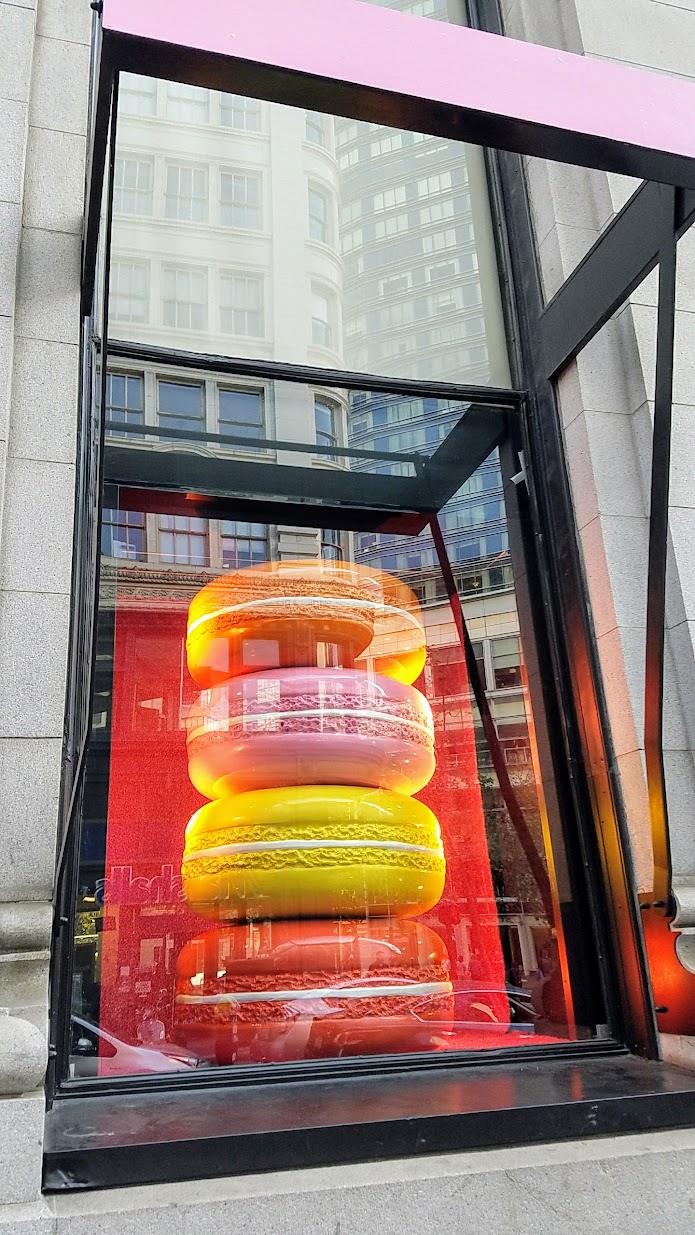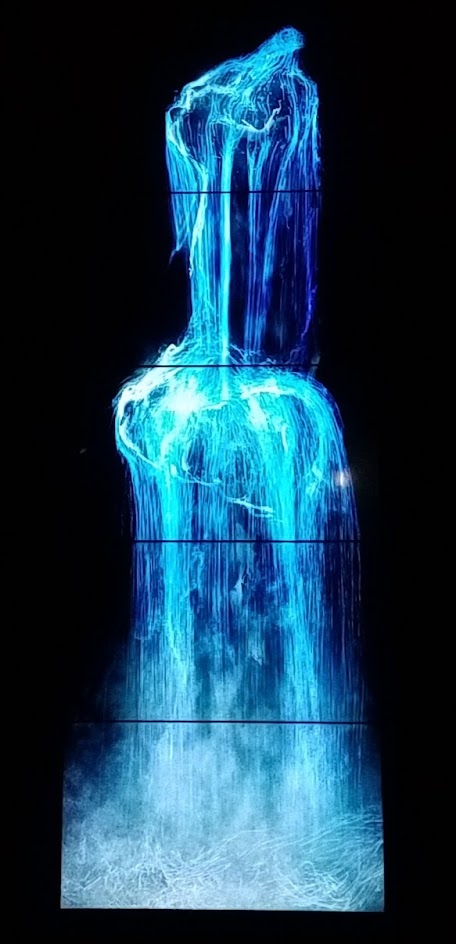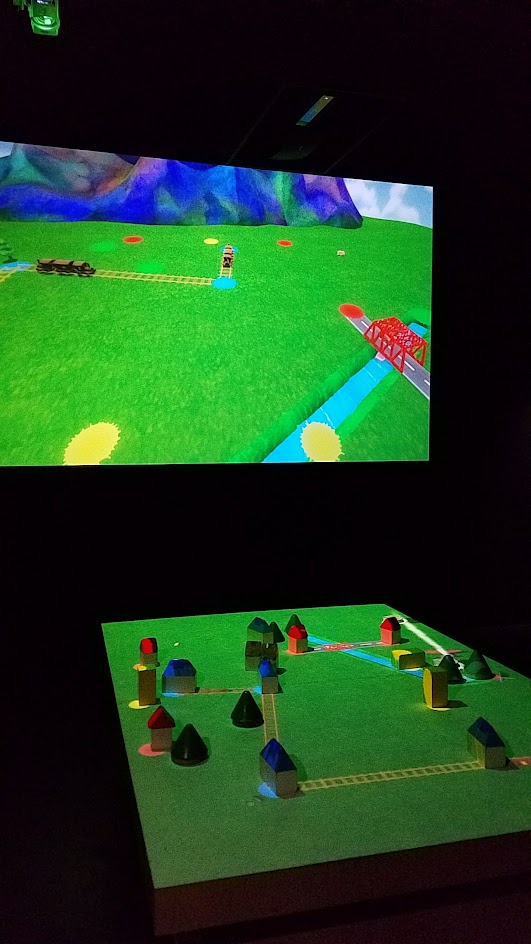During the colder dreary months of winter, you may be inclined to think you should escape to sunny beaches in Florida or Hawaii or Mexico for your vacation. But, I would argue that this is the time to head to California, particularly Monterey Bay. Besides the famous Monterey Bay Aquarium, these months are also the best time for viewing the Monarch Butterflies in Monterey Bay. November to February is the monarch butterfly migration season as they migrate from places that freeze and rest in coastal groves. It’s a very unique experience along Central Coast California as they migrate between Canada to Mexico.
Pacific Grove is one of the locations that have the perfect conditions for the monarch butterflies to rest on their migration path: you can see other locations here along Highway 1 between the Bay Area and Los Angeles. These groves offer the balance of not too cold, but also not too hot, protection from wind and moisture from fog. Of the locations, the Pacific Grove one stands out to me as a do-able day trip from the Bay Area (1.5 hours from San Jose for instance), and has the bonus of the Monterey Bay Aquarium also nearby, or visit on your way to Paso Robles and visit Sensorio in the evening and/or stop in wine country, etc. so you can easily plan multiple diverse activities on your itinerary.
You can track the latest monarch butterfly counts at the Pacific Grove website or on their Instagram. the numbers were depressingly low the past few years, dropping from the millions into the thousands. The numbers are starting to rebound as people (including you!) can follow the call to action to help preserve them – they still desperately need your help. Until they recover, you may need to temper your expectations of how many butterflies you may see – thus checking the counts before your trip. During my trip, the count was around 15-16,000 during the first weekend of December.































































